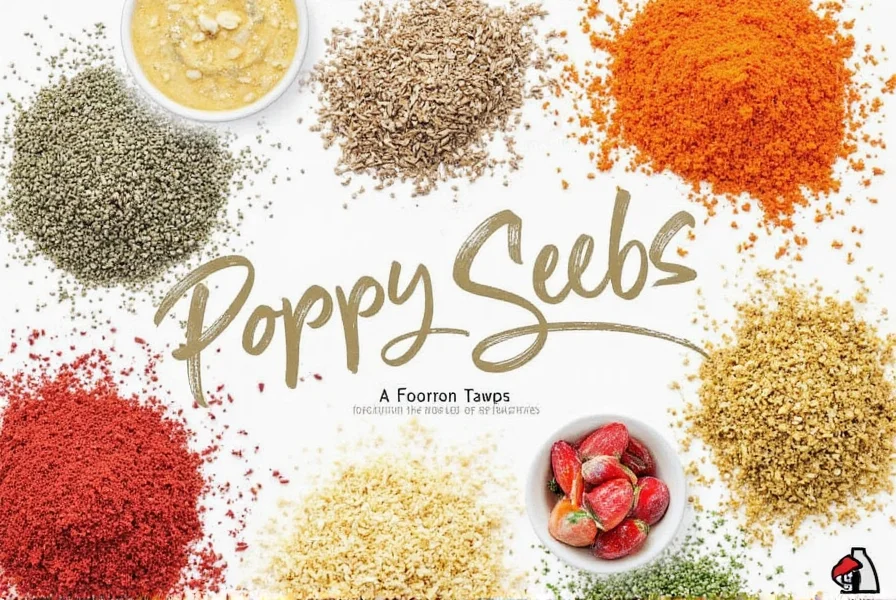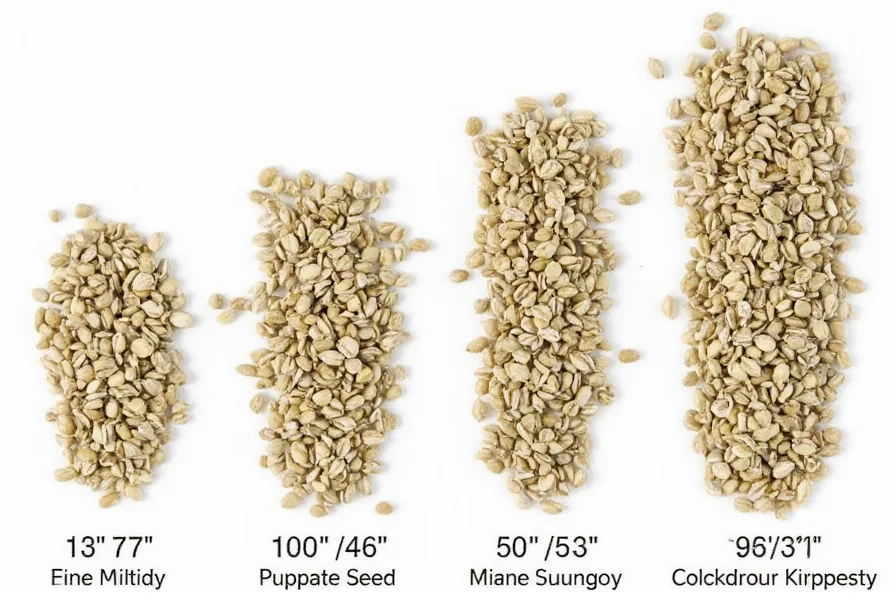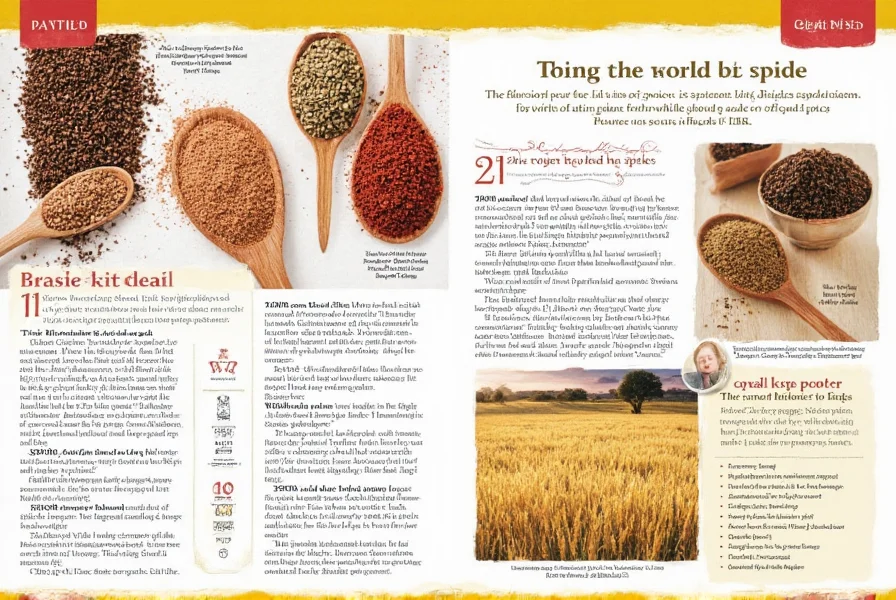Table of Contents
Are Poppy Seeds Safe to Eat?
Yes, poppy seeds are completely safe for culinary consumption. While they come from the Papaver somniferum plant (which produces opium), commercially available poppy seeds undergo strict washing and processing to remove nearly all opium alkaloids. The U.S. Food and Drug Administration (FDA) confirms that normal culinary use poses no psychoactive effects or health risks. However, consuming very large quantities may occasionally cause false positives in drug tests for opioids.
Nutritional Benefits of Poppy Seeds
According to the USDA FoodData Central database, poppy seeds are nutrient-dense despite their small size. Here's a detailed breakdown per 100g serving:
| Nutrient | Amount per 100g |
|---|---|
| Calories | 526 kcal |
| Fat | 49g |
| Protein | 18g |
| Carbohydrates | 16g |
| Fiber | 7g |
| Selenium | 53μg (96% DV) |
| Magnesium | 325mg (81% DV) |
| Calcium | 1100mg (110% DV) |
These seeds provide essential minerals like calcium (critical for bone health), magnesium (supports nerve function), and selenium (a potent antioxidant). They also contain healthy unsaturated fats and plant-based protein, making them a valuable addition to balanced diets.
Culinary Uses of Poppy Seeds
Poppy seeds are incredibly versatile across global cuisines. Here's how to use them effectively:
- Baked Goods: Essential in European pastries like poppy seed rolls (Mohnstrudel) and American muffins. Toasting enhances their nutty flavor.
- Sauces & Dressings: Ground seeds form the base of traditional Indian kalonji sauces and Middle Eastern tahini variations.
- Salads & Toppings: Sprinkle raw or toasted seeds on avocado toast, Greek yogurt, or roasted vegetables for texture contrast.
- Plant-Based Cooking: Used in vegan cheese alternatives and as a thickener for creamy sauces.
For authentic flavor, source seeds from reputable spice merchants like Penzeys or local ethnic markets that prioritize freshness and purity.
How to Buy the Best Poppy Seeds
Quality matters for both flavor and safety. Follow these expert guidelines:
- Check Packaging: Look for sealed, opaque containers that block light (prevents rancidity). Avoid bulk bins where seeds may be exposed to moisture.
- Verify Origin: Prefer seeds from regulated sources like European Union-certified farms (EU regulations require strict alkaloid testing).
- Test Freshness: Crush a few seeds - they should release a clean, nutty aroma. Rancid seeds smell like old paint.
- Storage Tips: Store in airtight glass containers in the refrigerator for up to 6 months, or freeze for 1 year. Never store near heat sources like stoves.

Practical Tips for Using Poppy Seeds
Maximize flavor and nutrition with these professional techniques:
- Toast Properly: Dry-toast in a pan over medium heat for 2-3 minutes until fragrant. Cool completely before using.
- Grind for Sauces: Use a spice grinder for smooth textures in dressings. Whole seeds work better for toppings.
- Pair Strategically: Complement with lemon zest, honey, or almonds to balance their earthy notes.
- Avoid Overcooking: Add during the last 5 minutes of baking to preserve crunch and flavor compounds.

Comparison of Poppy Seeds with Other Seeds
| Seed Type | Flavor Profile | Best Culinary Uses | Key Nutritional Difference |
|---|---|---|---|
| Poppy Seeds | Nutty, mild, slightly sweet | Breads, pastries, salad toppings | Highest calcium content among common seeds |
| Sesame Seeds | Toasty, buttery | Garnishes, tahini, Asian stir-fries | Higher iron content |
| Chia Seeds | Mild, neutral | Puddings, smoothies, egg substitutes | Higher omega-3 fatty acids |
| Flaxseeds | Earthy, slightly bitter | Baked goods, oatmeal, vegan binders | Most fiber-rich option |
Frequently Asked Questions
Can eating poppy seeds cause a positive drug test?
Yes, consuming large quantities (e.g., multiple poppy seed bagels or pastries) may trigger false positives in initial drug screenings for opiates. However, the U.S. Department of Health and Human Services confirms that confirmatory tests (GC/MS) can distinguish between poppy seed consumption and actual opioid use. Most modern workplace drug tests now use higher thresholds to prevent false positives from culinary use.
What's the difference between black and white poppy seeds?
Black seeds (common in Eastern Europe) have a stronger, earthier flavor and slightly higher oil content. White seeds (used in Indian cuisine) are milder and sweeter. Nutritionally, they're nearly identical, but black seeds contain more anthocyanins (antioxidants). Both types undergo the same safety processing.
Are poppy seeds safe for children and pregnant women?
Yes, in normal culinary amounts. The American College of Obstetricians and Gynecologists states that poppy seeds pose no known risks during pregnancy when consumed as food. For children, limit portions to 1-2 teaspoons per serving due to their high fat content. Always consult a pediatrician for specific dietary concerns.
How do I prevent poppy seeds from going rancid?
Store in airtight glass containers away from light and heat. Refrigeration extends shelf life to 6 months; freezing preserves quality for up to 1 year. Test freshness by crushing a seed - fresh seeds release a clean, nutty aroma. Rancid seeds smell like paint or crayons and should be discarded.
For authoritative nutritional data, refer to the USDA FoodData Central database. Always purchase from reputable sources that comply with FDA regulations for poppy seed processing.











 浙公网安备
33010002000092号
浙公网安备
33010002000092号 浙B2-20120091-4
浙B2-20120091-4